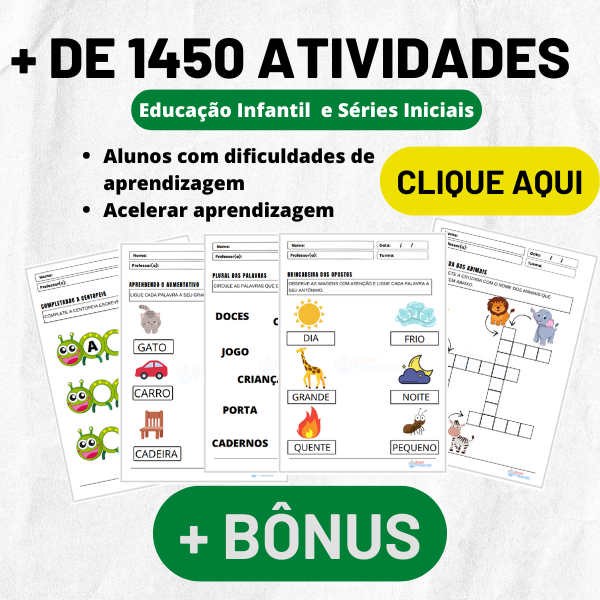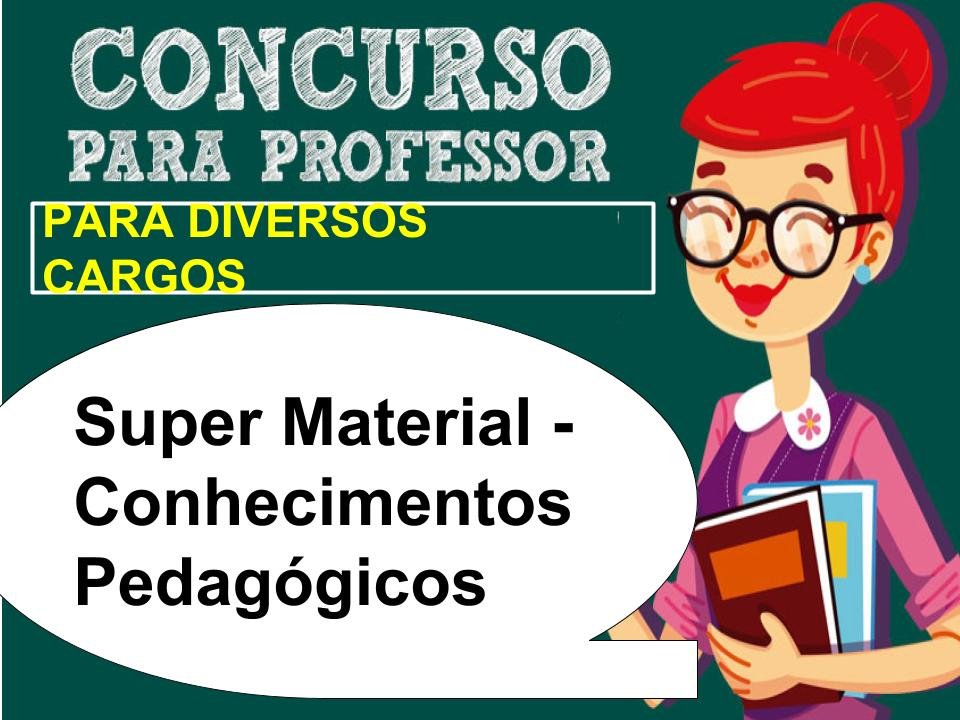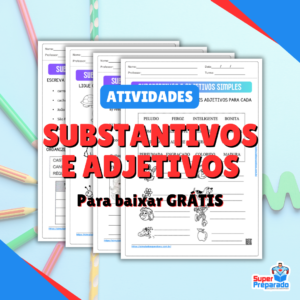Para Baixar em PDF:
Simulado 4 Concurso Professor De Inglês
1.Language learning, and therefore teaching, is also teaching
learners ways of learning. Showing them how to learn
independently of the teacher increases their belief in
themselves. By doing some Learner Training in class, the
teacher is contributing to develop learners’ autonomy.
Which of the alternatives below is NOT part of Learner
Training?
A) Help learners with the use of dictionaries;
B) Encourage learners to do self-correction;
C) Guide learners to discover / understand grammar topics;
D) Translate every time learners ask about meaning of new
words.
E) Encourage learners to take responsibility for their own
learning.
2.Consider the following principles:
Learning is facilitated through attention to similarities
between the target language and the native language;
It is possible to find native language equivalents for all
target language words;
Deductive application of an explicit grammar rule is a
useful pedagogical technique.
To which of the approaches below do the three principles
above belong?
A) Total Physical Response
B) Audio-Lingual
C) Communicative Approach
D) Grammar-Translation
E) Suggestopedia
3.The Suggestopedia Approach claims that learning is facilitated
in a relaxed, comfortable environment. It also believes that a
student can learn from what is present in the environment,
even if his attention is not directed to it. How do we call this
kind of learning?
A) Conscious Learning
B) Peripheral Learning
C) Automatic Learning
D) Compulsory Learning
E) Non-linguistic Learning
4.In which of the Approaches below would you observe these
four behaviors?
The teacher gives the students the directions for the
activity in English;
The students unscramble the sentences of the newspaper
article;
A student makes an error. The teacher and other students
ignore it;
o The students suggest alternative forms they would use to
state a prediction to a colleague.
A) Grammar-Translation
B) Communicative Approach
C) The Silent Way
D) Lexical
E) The Audio-Lingual Method
5.When doing a reading activity in class which of the alternative
below IS NOT IMPORTANT to help/ facilitate students’
reading comprehension?
A) Set the context of the text
B) Pre-teach some new vocabulary
C) Identify the kind of text (letter, report, articles….)
D) Choose an article from an American magazine
E) Explore layout of the text
6.What is the teacher´s role when he/she has set up an activity
in which students will mostly work on their own in pairs or
groups?
A) Listen carefully to as many students as possible, going
over and correcting mistakes, offering ideas, encouraging
every student to participate, etc.
B) Sit down and read a book.
C) Go out of the room and have a coffee.
D) Approach students and provide the answers.
E) Join in the tasks as a participant.
7.It is not enough just to know the meaning of words – you must
also know the word class otherwise you will make a lot of
mistakes in speaking and writing. Analyze the words below
and choose the one which is being described.
It’s a verb which is followed by a gerund ( ‘ing’ form).
A) Weather
B) Desert
C) Win
D) Avoid
E) Fond
8.Which is the correct description for the word ‘GUESS’?
A) It’s an irregular verb.
B) It’s a phrasal verb.
C) It can be a verb or a noun, and as a verb it is irregular.
D) It’s an adjective.
E) It can be a verb or a noun, and as a verb it is regular.
9.Read the following text then, answer questions 9, 10 .
Text 1
Seeing Eye to Eye with English
Ok, let’s face facts: English is not an easy language.
As well as its irregularities and enormous lists of rules, it has
thousands of tricky idioms – too many to learn by heart. And
what do they all mean? Sometimes you can only guess and
keep your fingers crossed. Take these bodily examples:
Little children are often called “cheeky”. Why?
Because they are rude to adults. But surely they don’t use their
cheeks to be rude. And what about nosy old women? Have
they got lots of noses? No, they are interested in everyone
else’s business and of course they will get on your nerves after
a while.
If you are busy at work, you probably have your
hands full, though actually it’s your desk that will be full. And
if you let things get out of hand, you may need someone to
give you a hand so that you don’t get the elbow. But on the
other hand, if you see eye to eye with your boss, you’ll
probably keep your job anyway.
Even out of the workplace you can’t escape idioms.
Imagine you go to a restaurant. First you have to catch the
waiter’s eye to get a menu. Then you have to make up your
mind about what to eat.
All these idioms – it’s enough to break your heart!
The expression ‘Take these bodily examples’ in the text,
means:
A) Idioms that use sign language
B) Idioms that describes people’s appearance
C) Idioms that has to do with eating habits
D) Idioms that make use of parts of the body
E) None of these options
10.The words: tricky – cheeky – nosy in the text are examples of:
A) Adverbs
B) Conjunctions
C) Adjectives
D) Pronouns
E) Verbs
gabarito
1-d
2-d
3-b
4-b
5-d
6-a
7-d
8-e
9-d
10-c
MAIS DE 300 ATIVIDADES DE MATEMÁTICA – PARA BAIXAR
MAIS DE 1450 ATIVIDADES PARA BAIXAR
MAIS DE 5 MIL QUESTÕES DE CONHECIMENTOS PEDAGÓGICOS
APRENDA INGLÊS HOJE! INSCRIÇÕES!
Cursos Online Gratuitos (COM CERTIFICADO)
Materiais PARA CONCURSOS E SELEÇÕES






